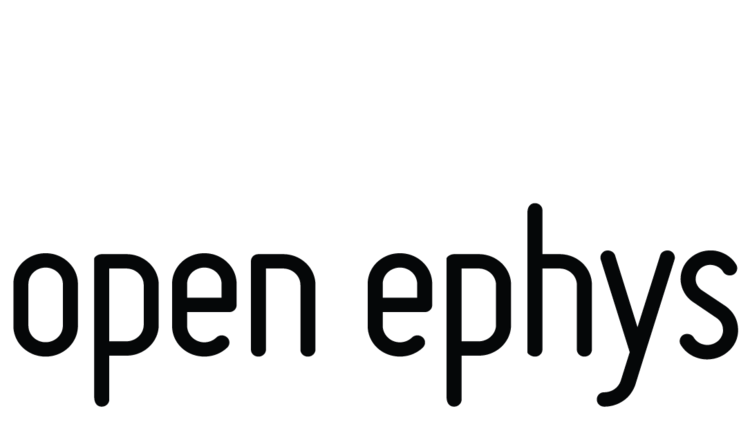Open Ephys Store
One of the central goals of Open Ephys is to make it simpler for neuroscientists to access open-source tools. With the launch of the Open Ephys store, we are further lowering the barrier to entry for getting the tools we're sharing up and running in your lab. The store is still in beta, so we can't guarantee everything will be in stock, and the volunteers who run it will only be sending shipments out once or twice a week. Still, we will try our best to fulfill your orders in a timely manner.
The first round of acquisition boards we're selling through the store have been manufactured by the Champalimaud Neuroscience Program. They have the same design as the boards distributed through our previous CircuitHub campaign. In addition to the acquisition boards, our partners in Lisbon have built fully assembled I/O boards (for interfacing with auxiliary analog signals or digital triggers) and electrode interface boards (EIBs, for building drive implants), which will also be available through the store. We're taking orders now which we expect to fulfill in early February.
Software update (version 0.3.4)
There's a new version of the Open Ephys GUI available for download through our website (pre-compiled binaries) or via GitHub (source code). As a major under-the-hood upgrade, we added the ability for processing modules to simultaneously handle data with different sample rates and timestamps. Previously, all data traveling through the signal chain had to use the same clock. This change will make it possible to merge continuous data from different types of sources, and to process down-sampled LFP data in parallel with the spike band, which can speed up analysis and reduce file sizes.
In addition, the updated GUI includes four new processing modules:
A Common Average Referencing module, which takes the average signal of a subset of the incoming channels and subtracts it from the output. This can be useful for extracting spikes from noisy data.
A Network Events module, which allows other computers (or another piece of software running on the same machine) to control the behavior of the GUI.
A PSTH module, which creates average firing rate plots aligned to particular events, either triggered by TTL inputs or incoming network messages.
An Arduino Output module, which makes it possible for events within the GUI to control the state of digital output pins of an Arduino. This is a simple way to set up experiments involving closed-loop feedback.
Documentation for these processors can be found on the Open Ephys Wiki.
Goals for 2015
We have a lot of exciting developments planned for 2015. Here are some of the most important ones:
We will become an official 501(c)(3) nonprofit. We just finished the application and will send it out in the next few days.
We will expand our manufacturing partnership with CircuitHub. We'd like to be able to reduce lead times for acquisition boards and other hardware from a few months to a few weeks. We want to have our tools available year-round, and with less time between placing the order and receiving a package in the mail.
We will implement a "feature freeze" on the Open Ephys GUI and limit the development on the GitHub master branch to bug fixes and performance upgrades. This will ensure that our users always know where to go to find the most stable version of our software, and will never have to worry that an upgrade will change the functionality in a major way. As more people start using the GUI for their day-to-day data collection, it's important to balance our eagerness to add features with the need to provide a robust platform for performing experiments. The development of new processors will continue, but it will take place in a separate, plugin-based repository.
If you'd like to know more about where Open Ephys is headed, or would like to help out in any way, don't hesitate to send an email to info@open-ephys.org.
Until next time,
The Open Ephys Team
